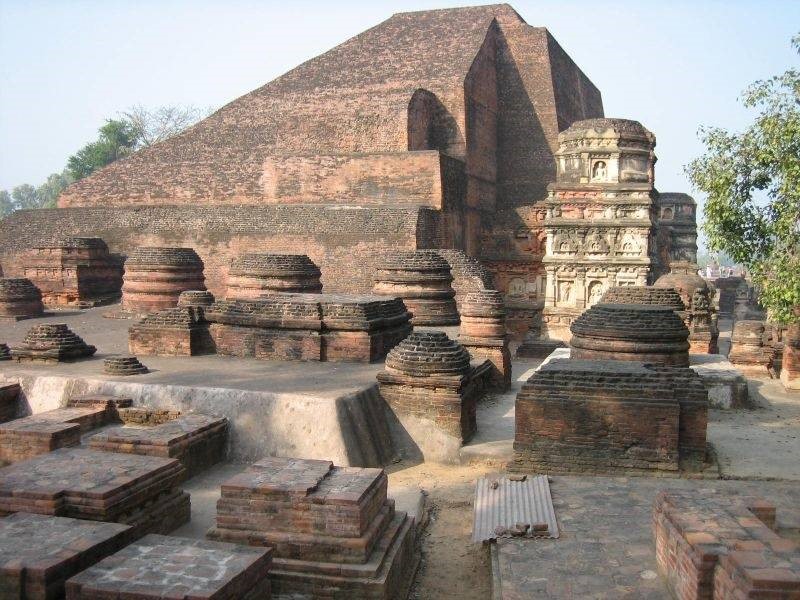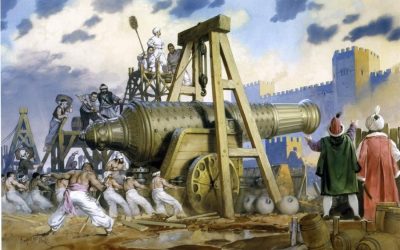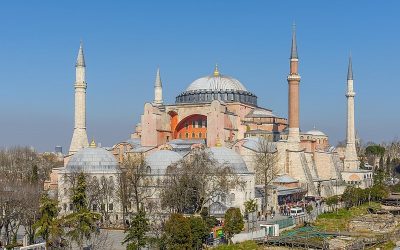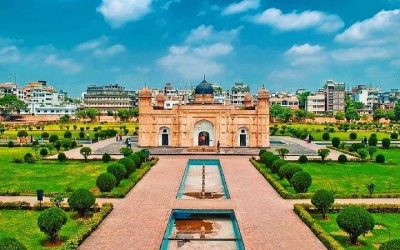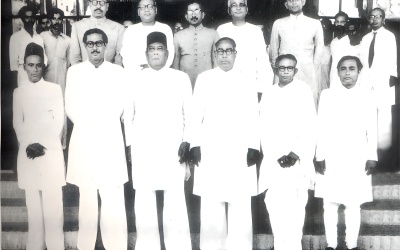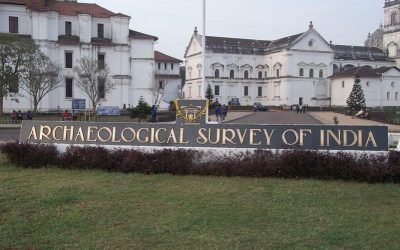Irfan Amin Patwary
Jahangirnagar University, Bangladesh
———————————————————-
The concept of the modern university dates back to the Middle Ages. Surprisingly, neither the Greeks nor the Romans had universities. They had different types of higher education institutions. In these institutions, high-level discussions were held on law, logic, philosophy, and other subjects. But these institutions had no permanent and formal face. Even studying under a teacher like Socrates, students did not get a certificate. Today’s students may want to show off their studies under Socrates to the outside world and therefore need formal recognition or certification.
Accredited universities of the type we are used to seeing today began in the twelfth and thirteenth centuries. Certain faculties, examinations, degrees these matters we are heirs not to Greece or Athens, but to Paris and Bologna. The University of Paris or Bologna had nothing like today’s libraries, laboratories, student councils, teachers’ associations, permanent buildings, and financial resources. Nevertheless, we are the successors of Paris and Bologna. Because their principles remain the same today and their work continues without a break even today.
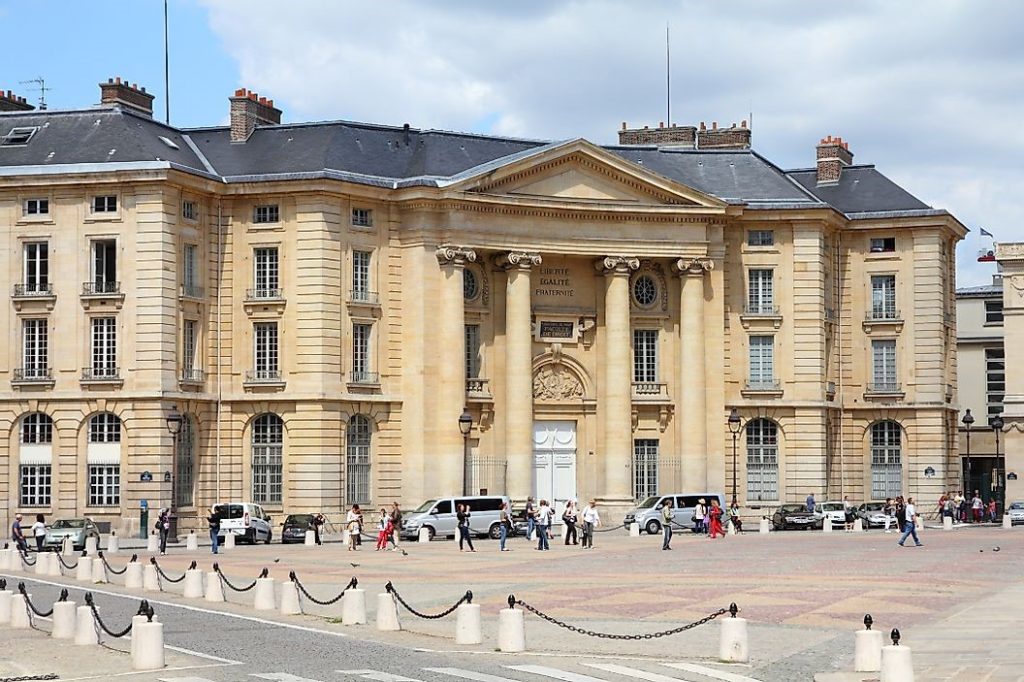
Paris University (Estd: 1150-1200 CE)
It is difficult to know which was the first formal university and who, when, and how it was established. There are reasons. During that period, no vessel could sail on a specific day. Institutions were gradually developed and built up over time. Leaving aside the concept of formal universities, for now, let us take a look at the journey and development of higher education. Although there was no university, a type of educational institution was established in ancient Greece to provide higher education.
Such institutions existed in Athens, Alexandria, and Constantinople by 200 BC. Later such institutions were seen in Beirut, Bordeaux, and Leo. But then Christian spiritualism and barbarian invasions from north and south destroyed this stream of higher education. By the 8th century AD, this trend had declined. Then the Muslim higher education institutions came up. Various centers of higher education were established in the surrounding areas including Baghdad, Basra, and Cairo. These centers dried up by the twelfth century. After that, the Muslims of the Western region built new centers of learning.
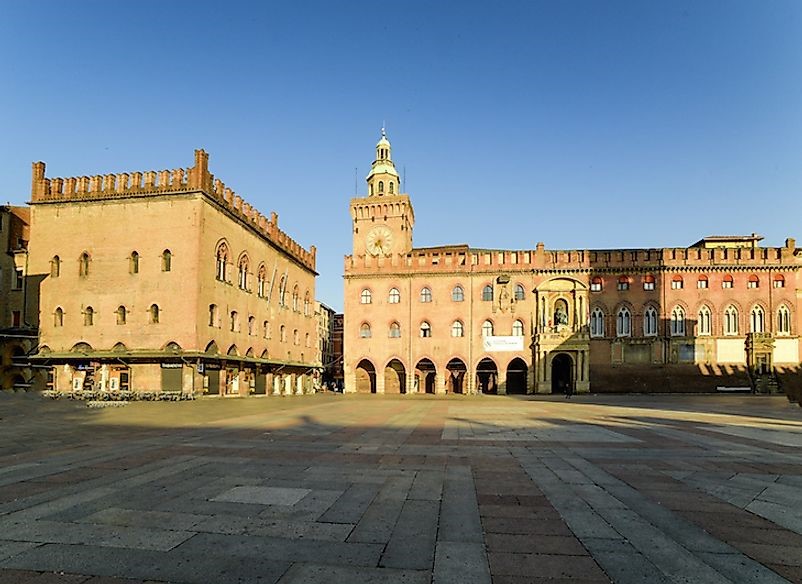
Bologna University (Estd: 1088 CE)
During the period 1100 to 1200 AD, a new direction in the practice of knowledge and science was revealed in Europe. One part developed in Sicily, the other in Spain by Muslim philosophers. The revival of Greek philosophy by the Arabs in Spain, Cordova was the center of this practice. In addition, Muslims established institutions of higher learning in Toledo and Seville. Apart from arts, medicine, philosophy, and theology were taught in these institutions. After these universities were closed, Europe began to feel the need for new universities. And this is when the journey of the modern universities began in Europe.
A day’s journey, south of Naples was the Medical University of Salerno. The university was founded in the mid-11th century. It was the most famous medical school in Europe for the next two centuries. In this university, Greek medical literature was revived and new skills and knowledge were produced in the departments of anatomy and surgery. Not much is known about the formation of Salerno before 1231 AD. It is important to mention here that Salerno had no special role in the development of the concept of the university, despite its very important contribution to medicine. In this case, the role was bologna. Salerno was known only as a medical university, while Bologna had several departments. Roman jurisprudence in particular found new life in this university.
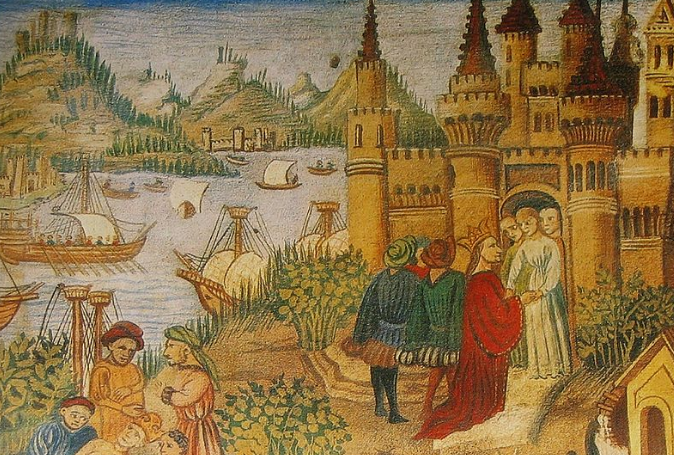
Medical University of Salerno (Estd: Unknown)
Bologna was founded in 1088 AD. By 1158 several hundred students were studying in Bologna, not all of them Italian. Students from as far away as the Alps flocked to this university. Coming far from their homes, these students gathered in this university based on their knowledge, and mutual co-operation needs. This gathering of students from different countries and regions was from the beginning in the process of forming the university. Such international meetings were then becoming known in Italy. Before higher education, various professional guilds had developed in Italy. Initially, the word university referred to such an organization, corporation, or group. The word had nothing to do with specific institutions of higher learning. Then gradually the word ‘university’ is associated with student-teacher-higher education. Historically the word university has nothing to do with the universe or the universality of education.
Now let’s know about an interesting process of establishing Bologna. Bologna’s process of development has nothing to do with what we think of a university today. Students living in Bologna formed universities or groups to protect themselves from the greed and domination of the townspeople. The residents of the city tried to keep the rent and the price of daily necessities from the students coming from different regions. To deal with this problem, the students joined forces and established their university. The university did not have any permanent buildings or dormitories. So the students could have organized themselves and threatened the townspeople that if the rent was raised they would all move out and the university would move there. Such migration was seen in those days. A group of disaffected Oxford students moved elsewhere and founded the University of Cambridge in 1209 AD.
However, the dominance of the townspeople over the students of Bologna was waning. Now the students or association turned their attention to their professors. Specific laws are made for professors so that students can get a proper education in return for spending money. In this case, the student’s weapon was to form groups and boycott the teachers. And the teachers depended on the salary given by the students, so threats worked. According to the constitution of the University of Bologna in 1317, the rule was that no teacher could be absent for a day without taking leave. If he wanted to leave the city for any reason, he had to leave a deposit.
If at least five students did not attend a teacher’s lecture, the teacher was penalized as absentee. The teacher who listens to the lecture of five students is not interested, he should be fined. Bologna had several associations of students. A rector coordinated these associations. It should be noted that the post of rector is common in today’s modern universities as well. Today, as then, Italian students have strong opinions and roles in their universities. The incident of vandalizing the students of the University of Palermo demanding to change the examination system was known a few years ago.
As the students in Bologna formed their universities, the teachers formed their associations or colleges. This college used to select students for the university through examinations. Back then, the ability to teach was considered a measure of one’s mastery of a subject. Students were trying to get a license to teach. This teaching license can be called the world’s first academic degree. Our modern universities of today still carry on this tradition in the name of the degrees – Master and Doctor. A Master of Arts meant that the holder of this degree was qualified to teach art. Doctor of Law means he is fit to teach jurisprudence. Thus the University of Bologna saw the existence of formal degrees, positions such as rectors, and student bodies, all of which survive in today’s modern university.
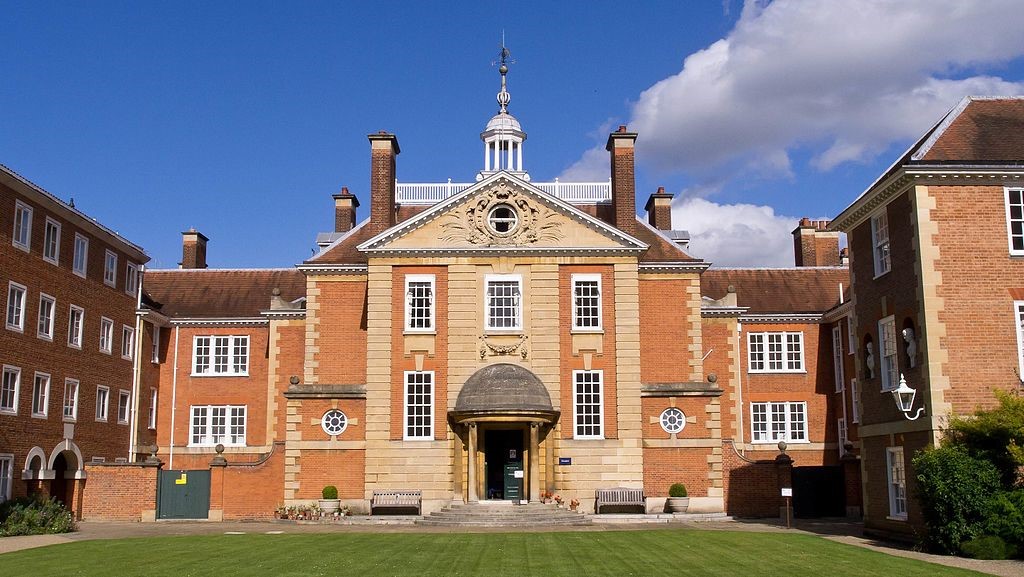
Oxford University (Estd: 1096 CE)
Over time, various subjects including medicine and theology were added to the University of Bologna. But their main focus was on jurisprudence. In Italy, France, and Spain, the University of Bologna is adopted as a model for higher education institutions. The universities established in these countries on the model of Bologna became rivals of Bologna. In 1224 (Frederick II) founded the University of Naples. In 1222 a part of Bologna was separated and founded the University of Padua. A kind of rivalry between Bologna and Padua continued into the 19th century.
The origins of the university in Northern Europe must be traced to the Cathedral School of Notre Dame in Paris in 1163. From the beginning of the twelfth century in France and the adjacent regions, the issue of education began to be taken out of the hands of the church, and the adjacent schools began to gain importance. The exact date at which Notre Dame Cathedral School became the University of Paris is not known. But it certainly happened before the close of the twelfth century. Anniversary celebrations require specific dates. Therefore, the year 1200 is considered the founding year of the University of Paris. That year the university received a Royal Charter. Through this charter, students of the University of Paris began to receive special state benefits.
By 1231 the University of Paris had become an organized corporation of masters, emerging as a strong rival to Bologna. At that time the University of Paris had four faculties – Arts, Law, Medicine, and Theology. The number of students who received master’s degrees in the arts department was more than others. The holders of this degree were divided into four nationalities – the French, which included Latin speakers; Norman, Picard, and English, etc.

Cambridge University (Estd: 1209 CE)
Another type of institution was associated with the university in the twelfth century in Paris. These were called colleges. Their job was to arrange accommodation for university students. Free accommodation was provided for poor students in these colleges. But gradually the process of teaching in the colleges also started and even though the universities did not have their buildings and financial funds, the colleges had those facilities from the beginning. In 1180 there was a college in Paris, and by the year 1500 the number of colleges increased to 68. There were colleges for other universities in Europe such as the College of Spain for the University of Bologna. The richest carriers of this college culture are Oxford and Cambridge universities. The colleges belonging to these two universities provide real university life and education. The university used to conduct examinations and grant certificates.
The University of Paris was the most famous for theology in the Middle Ages, and theology was the most expensive subject in those days. Therefore, Paris also had a special status as a university. At that time, it was common, ‘Italy has the Pope, the Germans have the empire, and the French have the education.’ This time Paris became the model of the university. In the late 12th century, some students of Oxford University founded a part of the University of Paris. A few days later Cambridge University set off. No university in Germany dates back to the fourteenth century. By the end of the Middle Ages, 80 universities were established across Europe. Many of these universities have been lost for centuries and some are still alive today; It would be wrong to say that it is surviving, it should be said that it continues to illuminate the world.
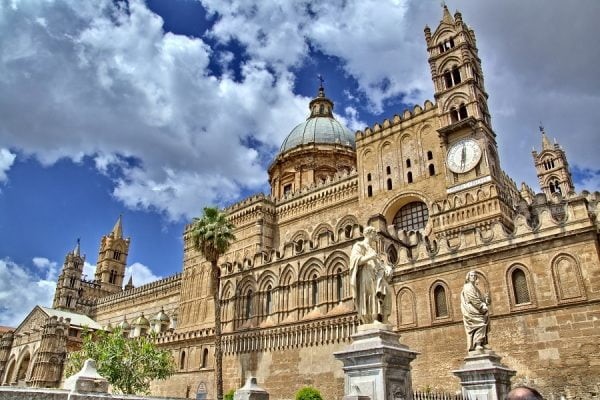
University of Palermo (Estd: 1806 CE)
What did modern universities inherit from those medieval universities? Certainly not architecture, because universities had no buildings of their own in the early days. None of the buildings used by the University of Bologna before the fourteenth century remain today. Peterson is the oldest college in Cambridge. Only a few ruins of the original Peterson College building can be found today. The word ‘university’ is the first to come from the medieval university. At that time, a university was an educational system or organization formed by a group of masters. Then comes the fixed curriculum, fixed time, examination procedure, and finally the recognition of a certificate. Then there is the prevalence of posts like specific faculty, dean, chancellor, and rector. Colleges show student accommodation. University culture continues to carry these systems from the Middle Ages without interruption.
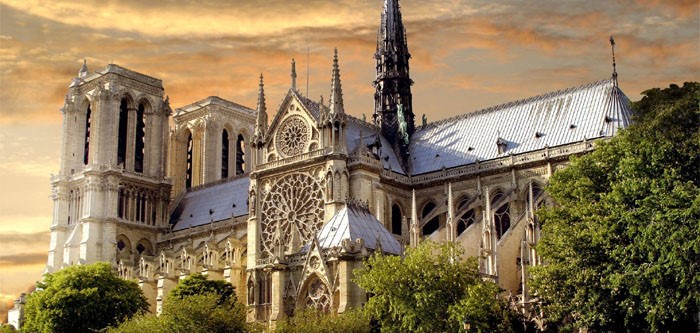
Cathedral School of Notre Dame (Estd: 1163 CE)
The answer to the question is the oldest university in the world that is still alive today, the name of the institution to be taken is Al-Qaraween University. As recognized by UNESCO, the world’s oldest surviving educational institution is Al-Qaraween University in Morocco, which was founded in 859 AD. It is recognized by many as the oldest surviving university in the world today. And Oxford University of the West set off in 1096 with the ideology of ‘The Lord is my light’.
Al-Qaraween University, founded in 859 AD, is still functioning. It is located in the famous city of Fes, Morocco. In addition to carrying the glory of the world’s first university, there is another significant issue associated with this university. The university was founded by a woman. It is a great event in the culture of any part of the world in that era. That woman’s name is Fatima Al Fihriya. She was the child of a wealthy merchant named Mohammad Al Fihri. The Fihri family moved from Tunisia to Fes, Morocco. Fes was then a prosperous, dynamic center of Arabia. Fatima lost her father, husband, and brother in a very short span of time. On the one hand, there was great grief, on the other hand, she and her sister Maryam were the owners of huge wealth. Both the sisters received an ideal education and were sincerely religious. So they donated their entire wealth to the welfare of the society.
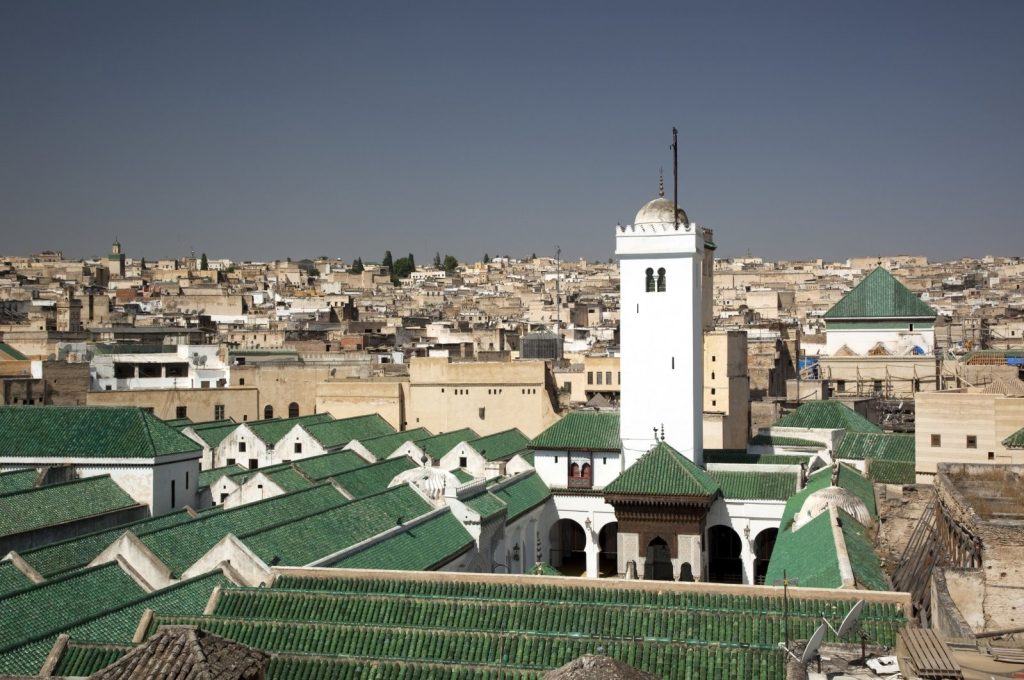
Al-Qaraween University [Estd: 857–859 CE (as a mosque), 1963 CE (as a state university)]
Maryam built a Mosque in 859 AD, seeing that the local mosque in Fes was not able to accommodate the Muslims. Fatima also spent all of her share in building a mosque. The mosque was not only a place of prayer but also a center of religious instruction and various spiritual and educational discussions. This mosque became a part of Al-Qaraween University in the next. It is one of the oldest universities in the world, which is still functioning. Fatima thoroughly supervised the construction of this structure. Moreover, he bought more land along with the initially built mosque and increased its area. Fatima spent all her wealth and money to implement this project. He fasted from the time the work on the mosque began in Ramadan 859 AD and he continued to fast every day until the work was completed two years later. After finishing the work, he offered the prayer of thanks in that mosque.
Al-Qaraween Mosque as it stands today is part of 1100 years of evolution. The main mosque was 30 meters long. The first expansion of the mosque took place in 956, during the reign of the Umayyad Caliph (Abdur Rahman III) of Cordoba. Later rulers continued to expand the Al-Qaraween Mosque. It once became the largest mosque in Africa, with a capacity of 22,000 people. The largest expansion took place in 1135, under the Almoravid ruler Sultan Ali ibn Yusuf. At that time, there were 18 columns in this mosque, Yusuf increased it to 21. The area of the entire mosque is spread over three thousand square meters.
Al-Qaraween University taught languages, logic, medicine, mathematics, and astronomy along with Al-Quran and jurisprudence. In the 14th century, the university established the Al-Qaraween Library. Some of the most important ancient manuscripts of the Islamic world are preserved here. There is a saying in Morocco, ‘A wise man without books is like a craftsman without tools’. Moroccan intellectuals have flocked to the library of Al-Qaraween University in Fes for ages. Collected knowledge from manuscripts preserved here. Manuscripts of Al-Quran dating back to the 9th century and biographies of Prophet Muhammad (S) written in the 10th century are preserved here. There are also scientific and medical books. The collection of the library also includes an early copy of Ibn Khaldun’s (Kitabul Ibar), a collection of hadith engraved on deer skin by Imam Malik. This library has been renovated in 2017.
In 1912, the French occupied Morocco. The scholars of Al-Qaraween made statements against this colonial aggression. The French occupiers therefore referred to Al-Qaraween as the ‘Dark House’. Colonial occupation reduced the importance of Al-Qaraween. In 1922, the number of students in the university fell to 300. Moroccan elites began sending their children to Western-style schools. In 1947, Al-Qaraween was incorporated into the state education system. Al-Qaraween was transformed into a modern university under the Ministry of Education in 1963 after Morocco gained independence. The mosque-based school was closed and a new campus was built in the former barracks of the French army. Modern curriculum and textbooks are included along with teacher training. After these reforms, in 1965, Al-Qaraween adopted the name ‘University of Al-Qaraween’. Many famous names like (Ibn Khaldun, Leo Africanus, and Muhammad Al-Fasi) are associated with this university. The geographer Muhammad al-Idrisi was a student at Al-Qaraween University.
Let’s look at the history of Indian universities from Europe and Arabia. Kautilya’s Arthasastra was written in India before the birth of Jisu Christ. This book indicates the development of knowledge in India during that period. Before Alexandria, Athens, or Constantinople, there was a prosperous university in India, which is famous in the world as Taxila. Besides, Nalanda and Vikramsheela are two ancient universities of India. These universities do not resemble the modern university structure. Again, these universities had many features, which are not seen in today’s universities.
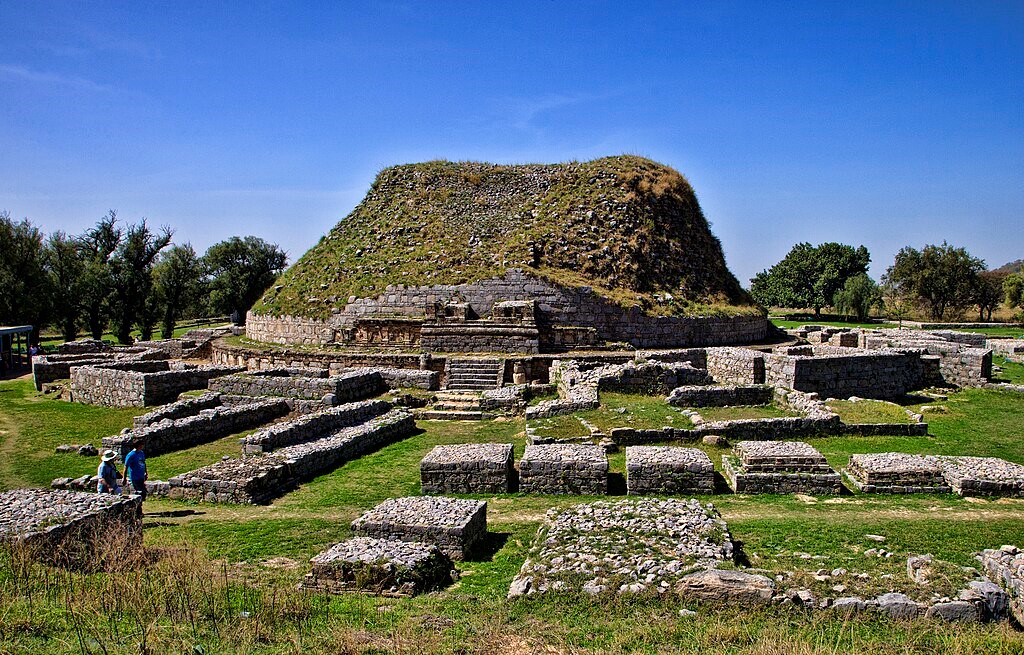
Taxila University/Mahavihara (Estd: 5th century BCE)
Taxila is the oldest university in India. It became famous as a center of learning around 700 BC. This means that education there undoubtedly started hundreds of years earlier. The name Taxila came from the name of Bharata’s son Taksha. Archaeologists have located Taxila 55 miles east of the Indus River, in what is now Pakistan. Taxila was renowned as an institution of higher learning. Because the best scholars of various subjects lived here. The erudition of these teachers attracted students from the farthest corners of the subcontinent. Students used to come to Taxila for their education through great hardships. There was no authoritarian administration – no royal decree, no university administration. Here every scholar was an institution. He was completely independent in teaching and related activities. It was the teacher who determined the course text, and timings; He had the freedom to choose students. The teacher decided what his students would learn each day. The teacher would end his teaching only when he felt that the student had truly acquired knowledge. It usually took eight years for a teacher to teach a student.
This time could be more or less according to the intellectual standard of the student. Many times, if the teachers felt that a student was not worthy of learning, they would send him back. Teachers took classes usually in their homes. There was no examination for the completion of education. There was no formal certificate or convocation at the end of the education. The examination was considered unnecessary in Taxila. Because the teachers used to teach in a critical, analytical way. Only when it was confirmed that a student had completely mastered a section, the next step was taught. No written certificate was given as recognition of educational attainment. Because in Taxila it was believed that acquired knowledge is the greatest reward of the student. It was considered impure to use knowledge for livelihood, means of income, or for the pursuit of any interest.
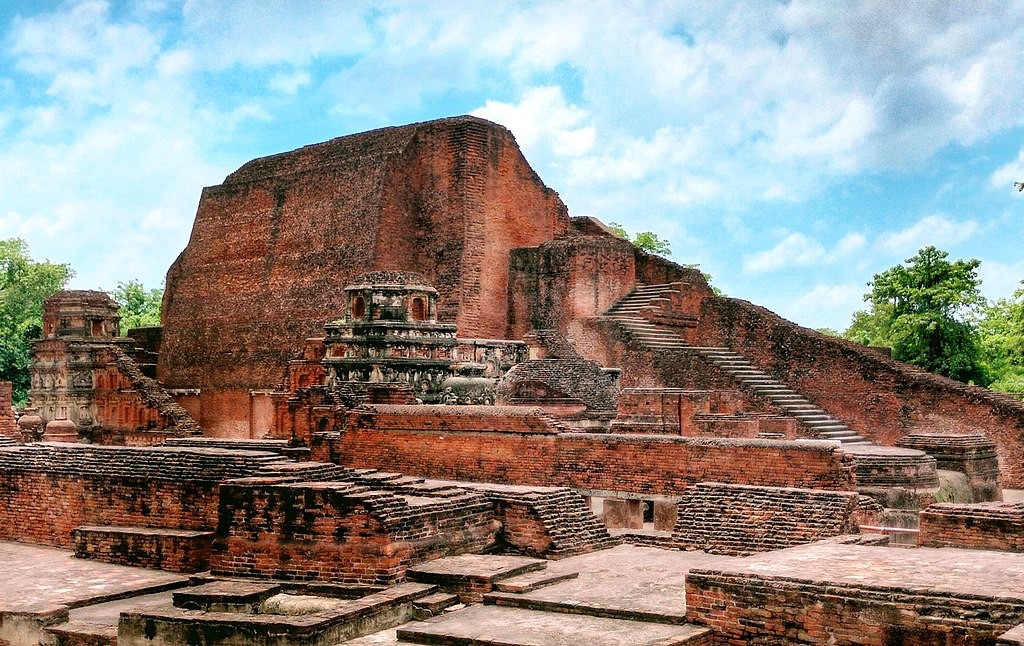
Nalanda University/Mahavihara (Estd: 427 CE)
Although Taxila was not formally established as a university, it was a center of higher and specialized learning similar to the universities of today. A look at the education system in India at that time will make the matter clear. Primary education started at home. Then they would go to Ashram, which is today’s secondary level of education. After that came the question of higher education and to get that one had to go to institutes like Taxila. At that time, the age of primary education in India was up to eight years. Then there was a period of 12 or more years of secondary education. Usually, when the students came to Taxila they were 16 to 20 years old. Sending a family child to a distant country for almost eight years was a huge sacrifice for families considering the times, there is no doubt about it. On the other hand, one had to travel a long way to reach Taxila, and there were many obstacles and dangers on the way at that time. According to various sources, students from Benares, Mithila, Ujjain, Kosala, Rajgarh, Madhya Pradesh, and the Kuru states of North India used to go to Taxila for higher education. Taxila was the intellectual capital of India at that time.
Taxila’s education was broadly divided into two parts—Veda and art. Vedas were religious teachings. And arts included logic, medicine, mathematics, music, poetry, history, military science, agriculture, animal husbandry, astronomy, etc. Taxila was a powerful center of Vedic culture. But Buddhism emerged and flourished in the eastern part of India in the sixth century BC, many Buddhist students started arriving in Taxila. As a result, Buddhist education was also included in Taxila’s curriculum.
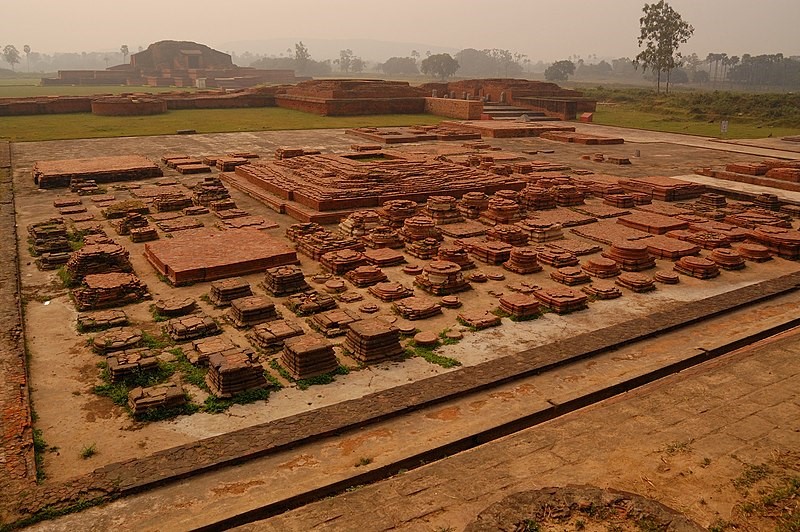
Vikramsheela University/Mahavihara (Estd: 8th–9th century CE)
The society bore the expenses of the teachers in Taxila. The teacher used to arrange accommodation and food for all his students. On the other hand, no student had to pay any kind of compulsory fee for these. No student was discriminated against for non-payment of fees. Rather, the system of paying compulsory fees for education was hated. Because knowledge was considered sacred and therefore its distribution for money was a sin. Hindu scriptures prohibit taking money in return for teaching. It is mentioned in Manusmriti. Wealthy people in society used to donate to educational institutions to encourage learning. Again, rich parents also donated to students. This donation had to be made at the time of their child’s admission or after the completion of their education. In exchange for this donation, their children did not get any special benefits in educational institutions.
Taxila had certain rules for admitting students – children of all castes could be admitted but the Chandal community could not get a place in the institution. It was completely up to the student to decide which subject he wanted to study. Chanakya or Kautilya, author of the famous Vaiyakarana Panini and Arthasastra, was a student of Taxila. Jivaka, the famous physician of ancient India, was also a student of Taxila.
In the 19th and 20th centuries, France and Great Britain established many universities in their colonies in Asia and Africa. Many of these colonies gained independence in the 20th century. These independent countries developed university culture in their countries on the European and American model. These universities started to develop with the help of former colonial ruling countries and various international financial funds. After the Industrial Revolution, the need for specialized knowledge and skills was greater than at any time in the past. Knowledge becomes the means of earning a livelihood. As a result, Europe’s certificate-based higher education or university model became popular in the world based on need. Charter-based higher education was not practiced in the ancient culture of India. This method originated in European culture. And it has found its place in today’s industrialized society.

